

Articles
How To Store Chicken Noodle Soup
Modified: October 28, 2024
Learn the best methods and tips for storing chicken noodle soup in this comprehensive articles guide. Keep your soup fresh and delicious for longer with proper storage techniques.
(Many of the links in this article redirect to a specific reviewed product. Your purchase of these products through affiliate links helps to generate commission for Storables.com, at no extra cost. Learn more)
Introduction
Chicken noodle soup is a classic comfort food that warms the soul and soothes the taste buds. Whether you’ve made a large batch or have leftovers from a delicious homemade meal, properly storing it is essential to maintain its freshness and flavor. In this article, we will guide you through the steps on how to store chicken noodle soup to ensure it stays safe and delicious for future enjoyment.
With the right techniques and storage methods, you can keep your chicken noodle soup tasting just as good as the day you made it. From properly cooling the soup to choosing the right storage containers and utilizing freezing options, we will provide you with valuable tips to preserve this delightful dish.
So, if you’re ready to learn how to store chicken noodle soup like a pro, let’s dive in!
Key Takeaways:
- Properly cooling and choosing the right storage container are crucial for preserving the freshness and flavor of chicken noodle soup. Labeling and dating the stored soup ensures easy tracking and usage within a safe time frame.
- Freezing options allow for extended storage of chicken noodle soup, but it’s important to use the frozen soup within 2-3 months for the best quality. Reheating the soup with care ensures a delicious and satisfying meal for future enjoyment.
Read more: How To Store Traditional Pho Noodle Soup
Ingredients
Before we get started, let’s gather the necessary ingredients for storing chicken noodle soup:
- Chicken noodle soup
- Storage containers (glass or plastic)
- Plastic wrap or aluminum foil
- Labels or markers
- Freezer bags (if freezing)
It’s important to ensure that your chicken noodle soup is properly cooked and seasoned before storing it. You can make the soup from scratch using your favorite recipe or use store-bought soup if you’re in a hurry. Whichever option you choose, just make sure the soup is prepared to your liking before moving on to the storage process.
When it comes to storage containers, opt for glass or plastic containers with tight-fitting lids. These will help keep the soup fresh and prevent any leaks or spills. Additionally, using freezer bags can be a great alternative if you plan to freeze individual servings of soup for easy reheating.
Lastly, have plastic wrap or aluminum foil on hand to cover the containers before sealing them. This extra layer will provide an additional barrier against moisture and prevent any odors from seeping into the soup.
Now that we have all our ingredients ready, let’s move on to the next steps on how to store chicken noodle soup.
Equipment
Before we start the process of storing chicken noodle soup, let’s make sure we have the necessary equipment on hand. Here’s what you’ll need:
- A large pot for cooking and cooling the soup
- A ladle or spoon for transferring the soup into containers
- Storage containers with tight-fitting lids
- Plastic wrap or aluminum foil for covering the containers
- Labels or markers for proper labeling
- Freezer bags (if freezing)
Having the right equipment is crucial for a successful storage process. A large pot is essential for cooking the soup, while a ladle or spoon will help transfer it into the storage containers without making a mess.
When choosing storage containers, opt for ones that are made of high-quality glass or plastic. These materials are durable, BPA-free, and can withstand both refrigeration and freezing temperatures. Make sure the containers have tight-fitting lids to prevent any air or moisture from entering, which can lead to spoilage.
Plastic wrap or aluminum foil is necessary for covering the containers before sealing them with the lids. This additional layer adds an extra level of protection and helps maintain the soup’s flavor and texture.
Labels or markers are handy for proper labeling. Be sure to include the date of storage so you can keep track of the soup’s freshness. If you’re planning to freeze the soup, freezer bags are a convenient option for storing individual portions.
Now that we have all the necessary equipment ready, let’s proceed to the next steps on how to store chicken noodle soup.
Step 1: Prepare the Chicken Noodle Soup
The first step in storing chicken noodle soup is to ensure that it is properly prepared and cooked. Follow your preferred recipe or use a pre-made soup as a base, and add in your desired ingredients such as chicken, noodles, vegetables, and seasonings.
If you’re making the soup from scratch, start by cooking the chicken until it is fully cooked and tender. You can use boneless, skinless chicken breasts, thighs, or a combination of both. Once cooked, shred or chop the chicken into bite-sized pieces.
In a large pot, combine the cooked chicken, vegetables (such as carrots, celery, and onions), noodles, and the liquid base of your choice (such as chicken broth or stock). Season the soup with herbs, spices, and salt to taste. Simmer the soup over medium heat until the noodles are cooked and the flavors have melded together, typically about 15-20 minutes.
Remember to adjust the seasonings according to your preference. You can add more salt, pepper, or other spices to enhance the flavor of the soup. Taste as you go and make any necessary adjustments.
Once the soup is fully cooked, remove it from the heat and let it cool slightly before proceeding to the next step. It’s important not to skip the cooling process, as it helps prevent bacterial growth and maintains the soup’s quality during storage.
Now that the chicken noodle soup is prepared, let’s move on to the next step: properly cooling the soup before storing it.
Step 2: Properly Cool the Soup
After cooking the chicken noodle soup, it’s crucial to cool it down properly before storing it. This step is essential to prevent bacterial growth and maintain the soup’s quality. Here’s how to properly cool the soup:
- Remove the pot from the heat source: Once the soup is fully cooked, remove the pot from the stove and turn off the heat.
- Transfer the soup to a shallow container: To expedite the cooling process, transfer the soup from the pot to a shallow, wide-mouthed container. This allows the heat to dissipate more quickly.
- Stir the soup occasionally: While the soup is cooling, give it a gentle stir occasionally. This helps distribute the heat evenly and promotes faster cooling.
- Let the soup cool at room temperature: Allow the soup to cool down at room temperature for about 1 hour. Avoid leaving it out for too long, as this can increase the risk of bacteria growth.
Please note that it’s important to avoid placing hot soup directly in the refrigerator. Placing hot food in the fridge can raise the internal temperature, potentially leading to spoilage and affecting the overall refrigerator temperature.
Once the soup has cooled down to room temperature, it’s time to move on to the next step: choosing the appropriate storage container.
Read more: How To Store Soup
Step 3: Choose the Storage Container
Choosing the right storage container is key to ensuring the freshness and quality of your chicken noodle soup. Here are some factors to consider when selecting a container:
- Material: Opt for containers made of high-quality glass or plastic. These materials are durable, non-toxic, and safe for storing food. Make sure the containers are free from cracks, dents, or any signs of damage.
- Size: Select containers that can hold the amount of soup you wish to store. It’s best to use containers that allow some space at the top, as the soup may expand slightly as it freezes.
- Lid: Ensure that the containers have tight-fitting lids to prevent air, moisture, or other contaminants from entering. This will help maintain the freshness and flavor of the soup.
- Sealing: If you plan to freeze the soup, choose containers that have airtight seals or are specifically designed for freezing. This will help prevent freezer burn and maintain the quality of the soup.
You may also consider using individual portion-sized containers for convenience. This allows you to thaw and reheat just the amount you need without having to defrost the entire batch.
Before storing the soup in the chosen containers, ensure that they are clean and dry. Any residue or moisture can affect the soup’s quality and lead to spoilage. Wash the containers with warm soapy water, rinse them thoroughly, and let them air dry or dry them with a clean towel.
Now that you’ve chosen the appropriate storage container, it’s time to proceed to the next step: storing the chicken noodle soup in the refrigerator.
Store chicken noodle soup in an airtight container in the refrigerator for up to 3-4 days. For longer storage, freeze in a freezer-safe container for up to 3 months. Reheat gently on the stovetop or in the microwave.
Step 4: Store in the Refrigerator
Now that you have properly cooled the chicken noodle soup and chosen the storage container, it’s time to store it in the refrigerator. Here’s how you can do it:
- Ladle or pour the cooled soup into the chosen storage containers, leaving some space at the top to accommodate any expansion that may occur during storage.
- Once the containers are filled with soup, cover each container with plastic wrap or aluminum foil. This additional layer will provide an extra seal and help protect the soup from exposure to air and odors in the fridge.
- Place the covered containers in the refrigerator on a stable surface. Be sure to arrange them in a way that allows for proper air circulation to keep the soup at a consistent temperature.
- Make sure the soup is stored at a temperature below 40°F (4°C) to prevent bacterial growth. Most refrigerators have a designated area for storing soups and other perishable items.
The chicken noodle soup can typically be stored in the refrigerator for up to 3-4 days. During this time, it’s important to check for any signs of spoilage such as a foul smell, off-color, or unusual texture. If you notice any of these signs, it’s best to discard the soup to avoid any foodborne illnesses.
Storing the soup in the refrigerator allows for easy access and quick reheating, making it perfect for enjoying leftovers or planned meals within a few days.
Now that the soup is safely stored in the refrigerator, let’s move on to the next step: exploring freezing options for prolonged storage.
Step 5: Freezing Options
If you want to extend the storage life of your chicken noodle soup beyond a few days, freezing is a great option. Freezing the soup allows you to save it for future use and ensures that it maintains its flavor and quality. Here are some freezing options to consider:
- Freeze the entire batch: If you have a large batch of soup and plan to freeze it all, you can ladle or pour the cooled soup into freezer-safe containers. Ensure that the containers have airtight seals to prevent freezer burn and maintain the soup’s quality. Leave some headspace to allow for expansion as the soup freezes. Label the containers with the date and contents for easy identification.
- Freeze individual portions: If you prefer to freeze individual servings for convenience, portion out the cooled soup into freezer bags. Squeeze out any excess air from the bags before sealing them tightly. Lay the bags flat in the freezer to allow for easy stacking and efficient use of freezer space. Don’t forget to label the bags with the date and contents.
When freezing the chicken noodle soup, it’s essential to ensure that it is completely cooled before transferring it to freezer containers or bags. This helps maintain the soup’s texture and prevents excess moisture from forming in the storage containers, which can lead to freezer burn.
Remember that freezing slows down the deterioration of food but does not completely stop it. For the best quality, try to use the frozen soup within 2-3 months. While it may still be safe to consume after that, the flavor and texture may begin to deteriorate over time.
Now that you have explored the freezing options, it’s time to proceed to the next step: labeling and dating the stored soup for easy tracking.
Step 6: Label and Date
Properly labeling and dating your stored chicken noodle soup is essential for easy tracking and identification. It helps you keep track of its freshness and ensures that you use the soup within a safe period. Here’s how to label and date your soup:
- Using a marker or labels, clearly write the contents on the storage containers or freezer bags. This will help you easily identify the soup without having to open each container or bag.
- Write the date of storage on the containers or bags. This allows you to monitor the soup’s freshness and use it within a recommended time frame.
- If you have different batches of soup, you can add additional information to the labels such as the type of chicken used or any specific seasonings or ingredients added.
Labeling and dating your stored soup not only helps with organization but also ensures that you consume it while it’s still at its best quality. By following this step, you can easily identify which containers or bags need to be used first and avoid any confusion or waste.
Now that the chicken noodle soup is properly labeled and dated, let’s move on to the final step: reheating and serving the stored soup.
Read more: How To Make Chicken Soup In Slow Cooker
Step 7: Reheating and Serving
When you’re ready to enjoy your stored chicken noodle soup, it’s time to reheat and serve it. Here’s how to reheat the soup:
- If you stored the soup in the refrigerator, simply remove the desired amount of soup from the container and transfer it to a microwave-safe bowl or pot.
- For frozen portions, thaw the soup in the refrigerator overnight before reheating. Alternatively, you can thaw it in the microwave using the defrost setting.
- To reheat the soup, place the bowl or pot in the microwave or on the stovetop, heating it gradually over medium-low heat. Stir occasionally to ensure even heating.
- Once the soup reaches a desired temperature, carefully remove it from the heat source and let it cool slightly before serving.
- Taste the soup and add any additional seasonings if needed. You can also garnish it with fresh herbs, a squeeze of lemon juice, or a dollop of sour cream for added flavor.
It is important to note that if you thawed the soup in the refrigerator, you must consume it within 2 days. Avoid refreezing previously frozen soup to maintain its quality.
Now that the soup is reheated and ready to go, serve it in bowls or mugs and enjoy the delicious flavors of homemade or store-bought chicken noodle soup!
By following these steps on how to store chicken noodle soup, you can ensure that it remains fresh, flavorful, and safe for future consumption. Whether you’re storing leftovers or preparing ahead of time, proper storage techniques will help you make the most out of this comforting and delightful dish.
So go ahead, enjoy the convenience, and savor the flavors of your stored chicken noodle soup whenever you’re in need of a cozy and satisfying meal!
Stay tuned for more helpful tips and tricks on cooking, meal prep, and storing your favorite dishes.
Conclusion
In conclusion, knowing how to store chicken noodle soup properly is essential for maintaining its freshness, flavor, and safety. By following the steps outlined in this article, you can ensure that your soup remains delicious and ready to enjoy for future meals. Here’s a quick recap of the key points:
1. Prepare the chicken noodle soup by cooking and seasoning it to your liking.
2. Properly cool the soup before storing it to prevent bacterial growth.
3. Choose the appropriate storage container, such as high-quality glass or plastic containers with tight-fitting lids.
4. Store the soup in the refrigerator at a temperature below 40°F (4°C) for up to 3-4 days.
5. Consider freezing options, whether freezing the entire batch or portioning out individual servings for convenience.
6. Label and date the stored soup to ensure easy tracking and usage within the recommended time frame.
7. When ready to enjoy the soup, reheating options include microwaving or stovetop heating, taking care to stir and heat gradually.
By following these steps, you can confidently store and enjoy your chicken noodle soup without compromising its quality. Whether it’s for leftovers, meal prepping, or cooking ahead, proper storage techniques will help you make the most out of this comforting and nourishing dish.
Remember to always check for any signs of spoilage before consuming stored soup, and if in doubt, it’s better to err on the side of caution and discard it.
So, the next time you have a craving for chicken noodle soup, you can confidently store it knowing that it will be ready to warm your heart and soul whenever you need it most.
Happy storing and enjoy your delicious chicken noodle soup!
Frequently Asked Questions about How To Store Chicken Noodle Soup
Was this page helpful?
At Storables.com, we guarantee accurate and reliable information. Our content, validated by Expert Board Contributors, is crafted following stringent Editorial Policies. We're committed to providing you with well-researched, expert-backed insights for all your informational needs.

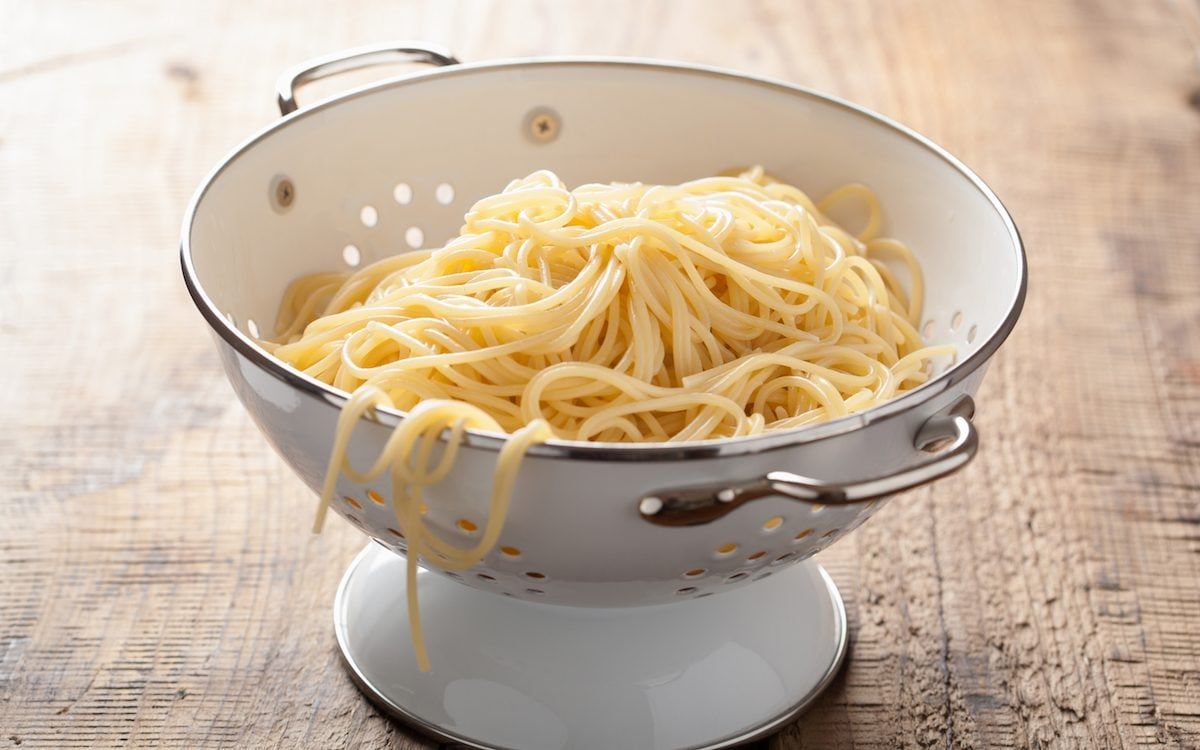
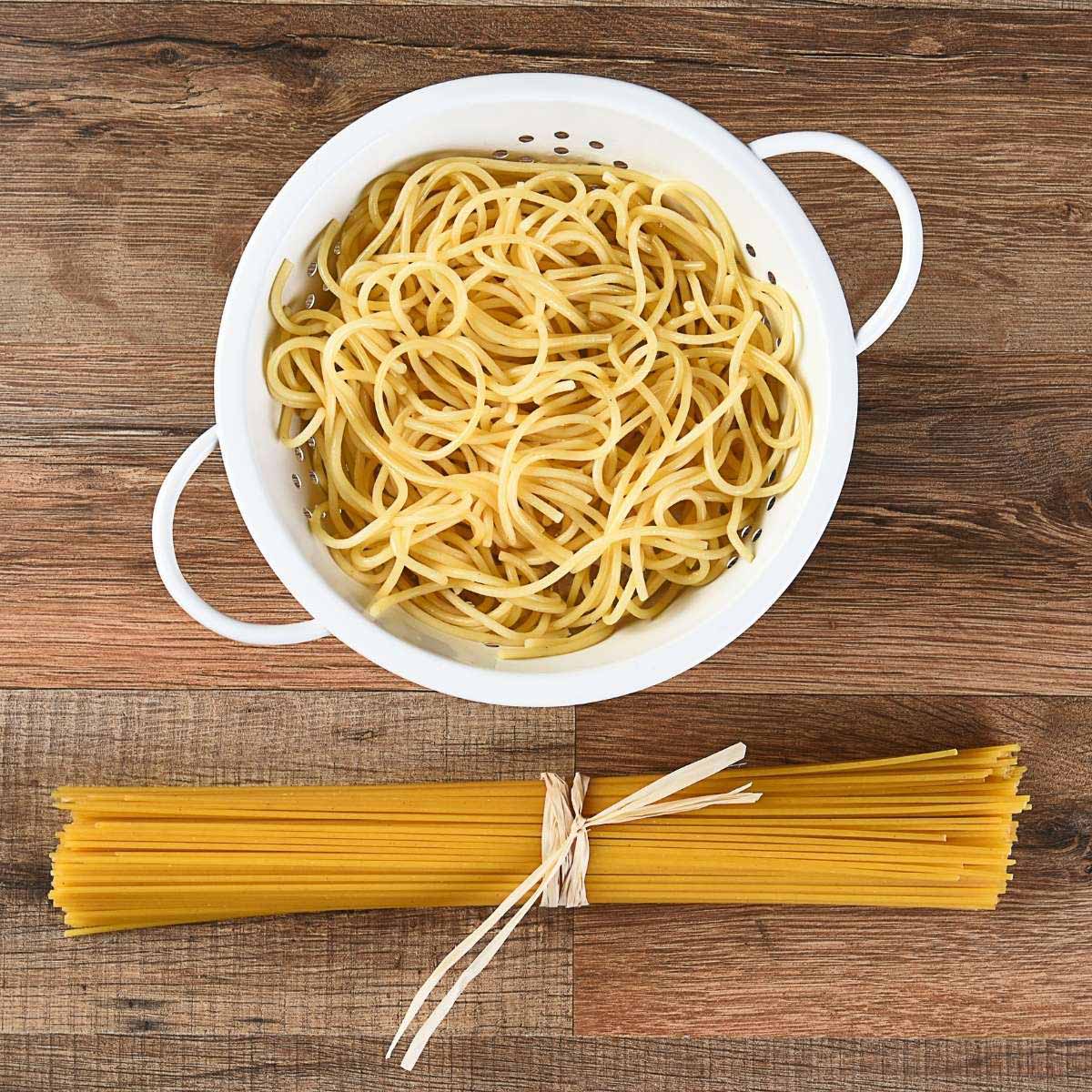

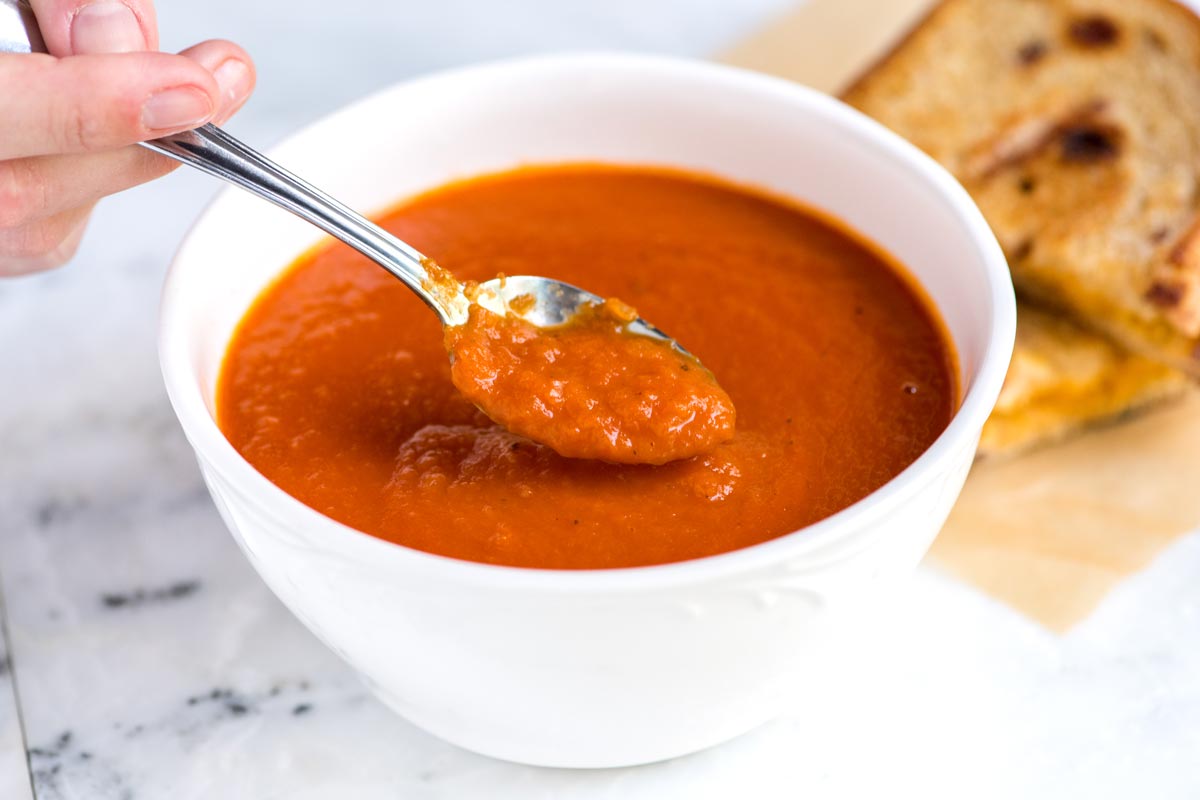

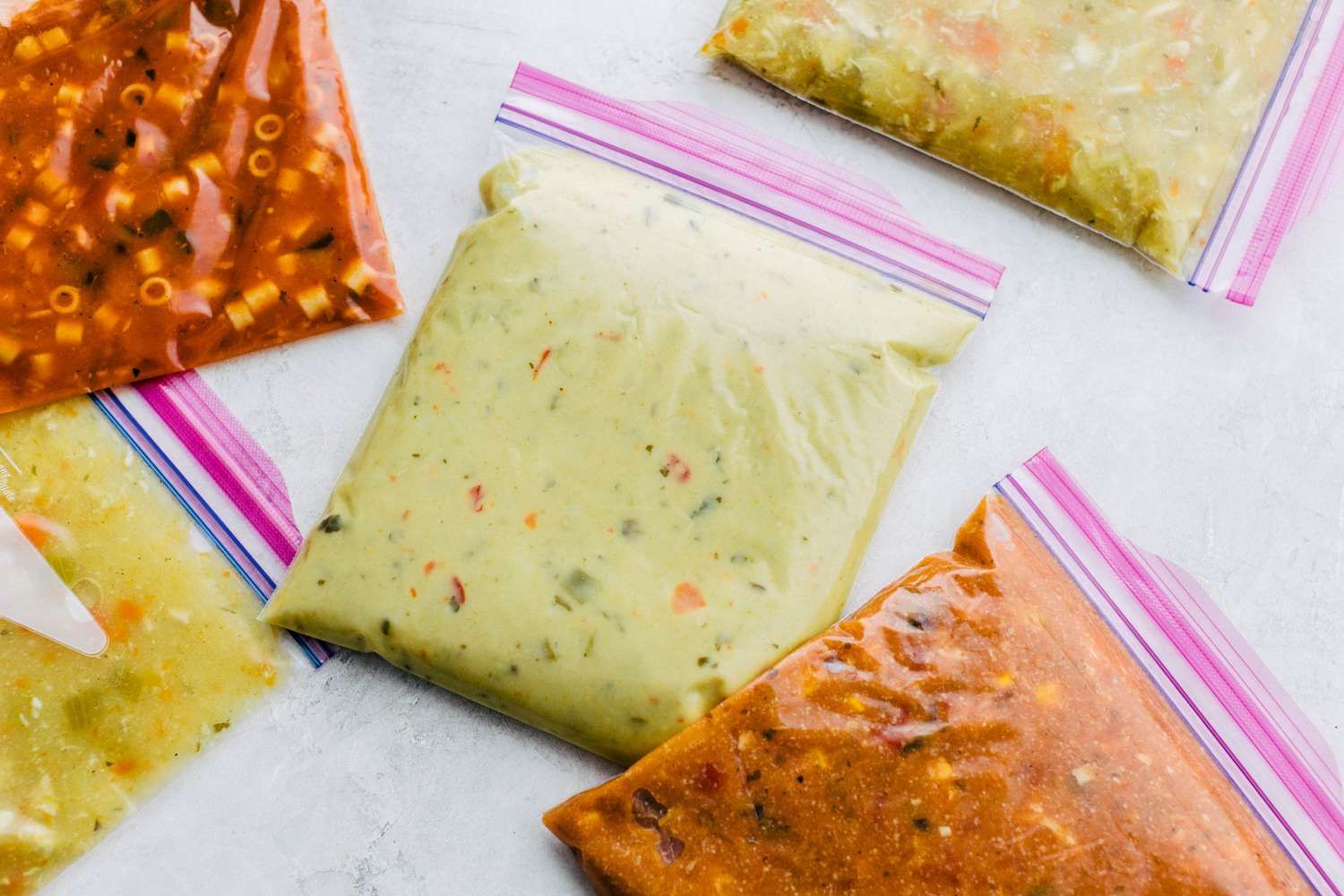

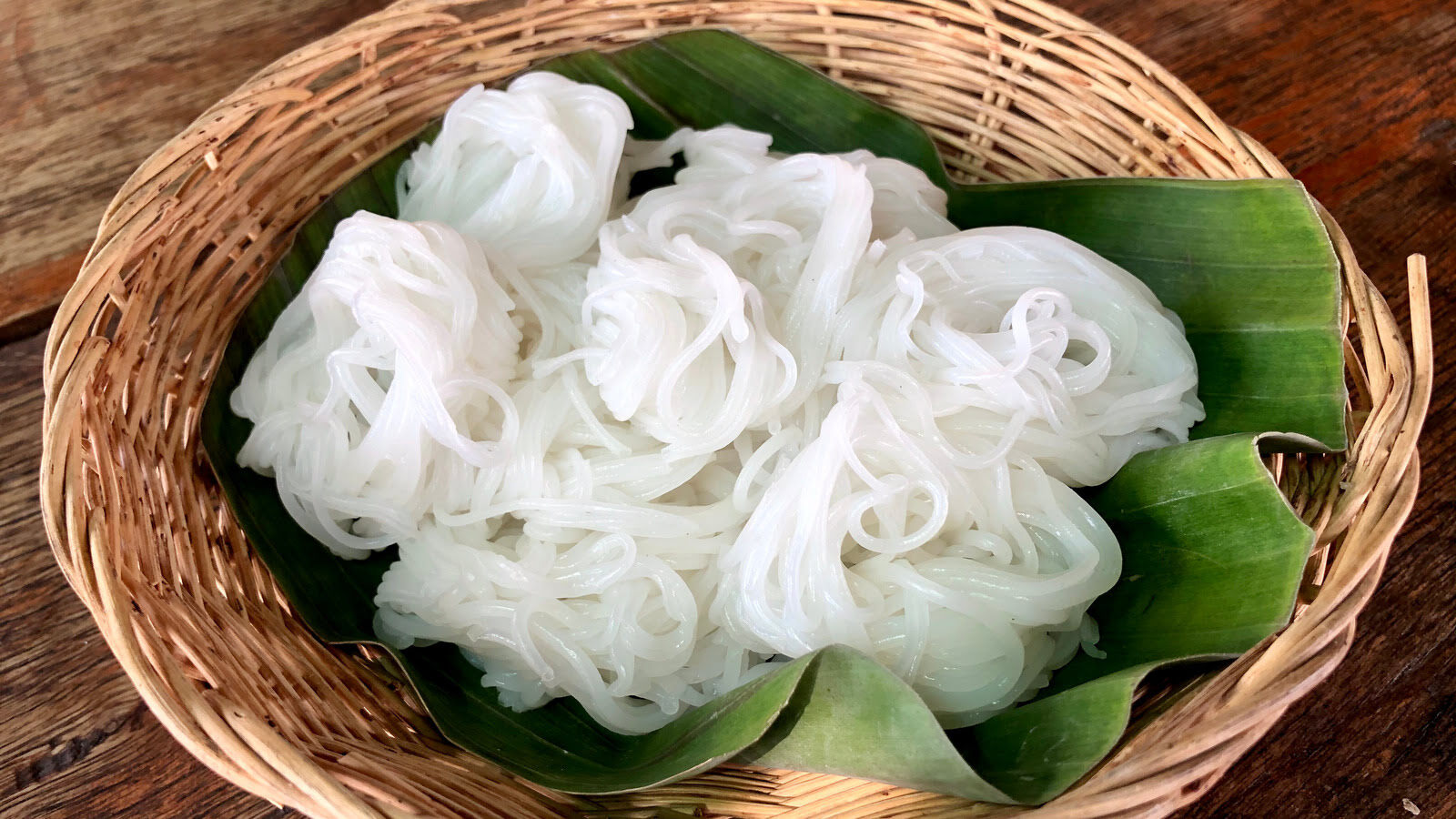
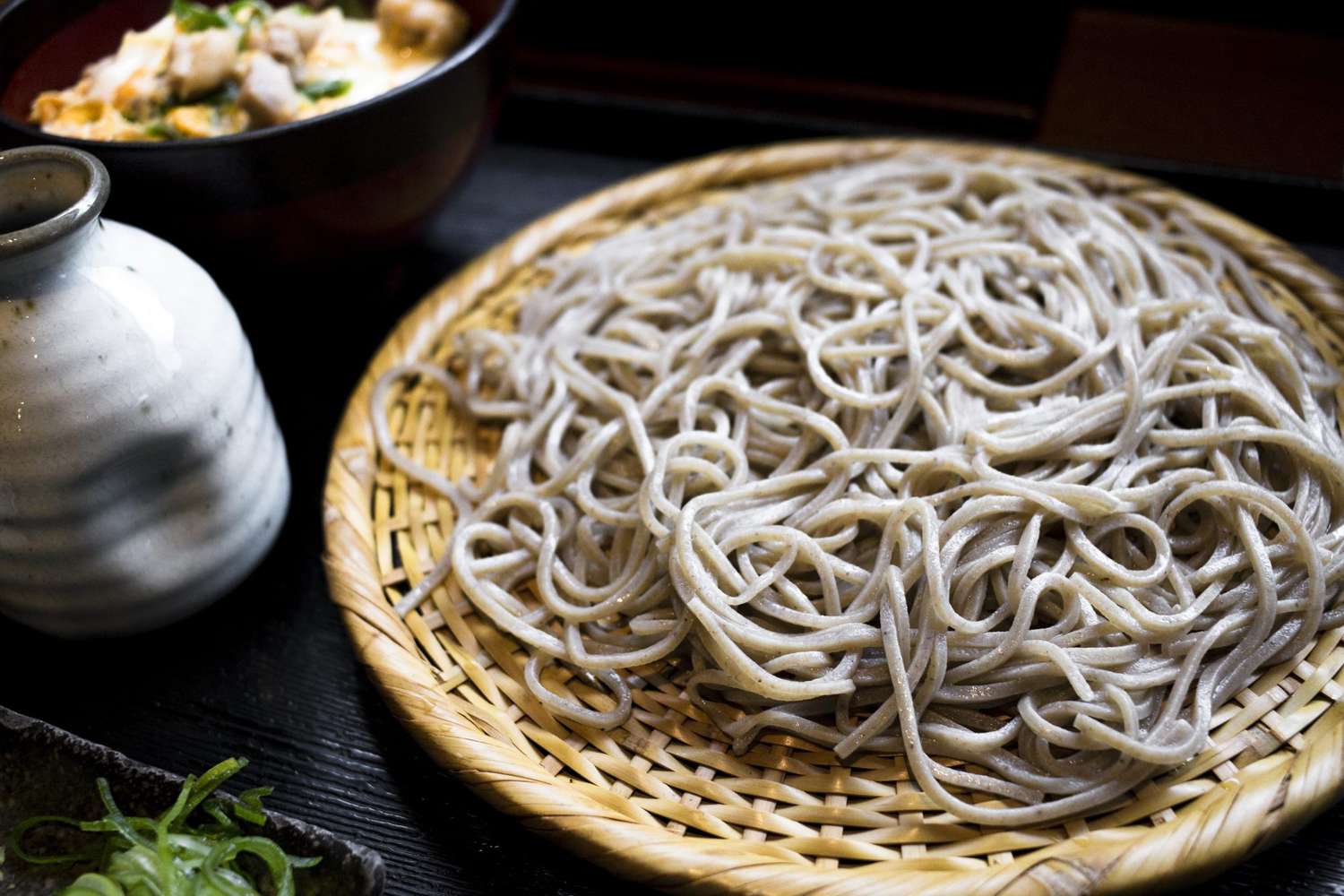


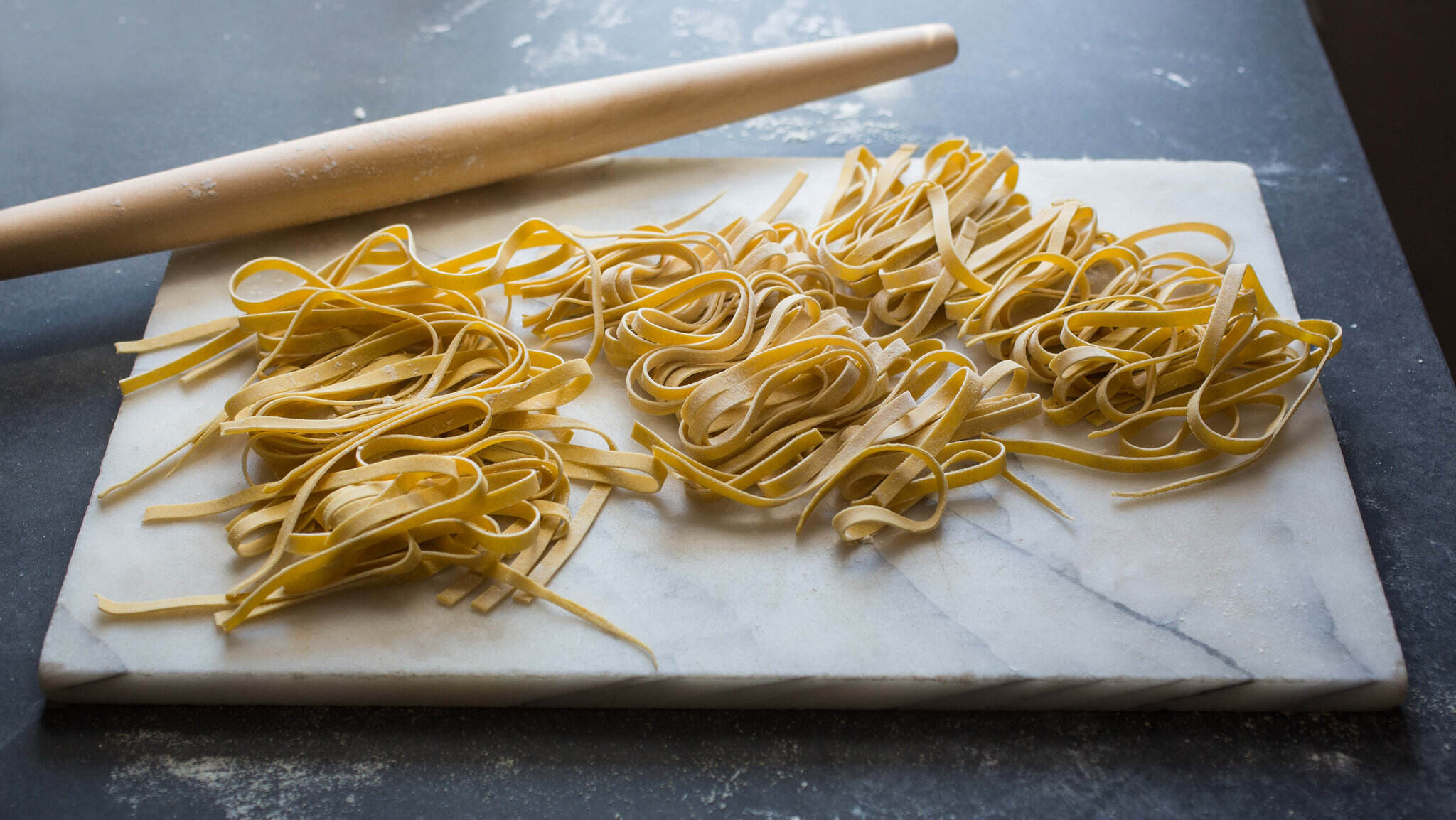

0 thoughts on “How To Store Chicken Noodle Soup”